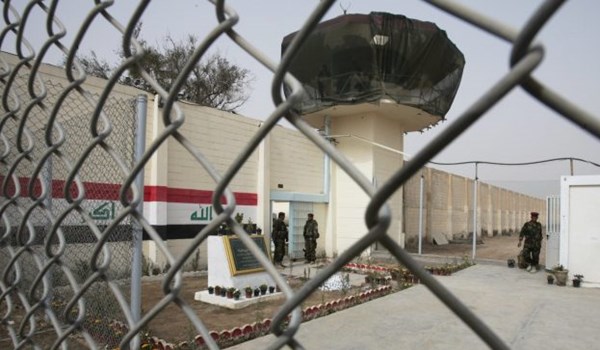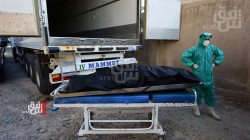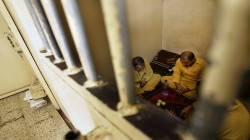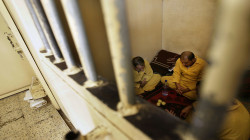Jail deaths in al-Hoot: data and key findings of Dying Inside

Shafaq News/ Data obtained by Shafaq News Agency highlighted eye-popping death rates incurred inside the Nasiriyah Central Prison, aka al-Hout Prison, with the sources passing those data asserting that some rare diseases among inmates.
The Nasiriyah Central Prison, opened in 2008, is a high-security facility near Nasiriyah, the capital city of the Dhi Qar governorate, and is the largest detention center in southern Iraq.
"Nasiriyah Central Prison now houses more than 11,000 prisoners, including senior leaders of al-Qaeda and ISIS," sources told Shafaq News agency, "among those prisoners, approximately 7,000 are sentenced to death once or twice, sometimes up to five, without executing any."
"So far, al-Hoot Prison has recorded the deaths of more than 60 people, most of them on death row. All those prisoners are seriously ill with tuberculosis, cancer, and other untreated diseases," the source added.
Epidemiologist Haidar Hantoush said that tuberculosis is an infectious disease transmissible via droplets from an infected person.
"Prisons are a dangerous environment for the spread of tuberculosis for several reasons. Most importantly, overcrowding, poor aeration, malnutrition, as well as the prisoner's psychological state," Hantoush added, "prison administrations should be cautious about the fear of more serious diseases among inmates."
For his part, the director of the Human Rights Office in Dhi Qar, Dakhil Al-Musharrafawi, talked about the recent surge in death rates inside the Nasiriyah Central Prison, hinting at multiple factors contributing to this rise.
Dakhil said that overcrowding inside the prison is the leading factor of high death rates from illnesses. "the architecture of the prison recommends one inmate inside each cell. Currently, eight inmates are stuffed in the same cell."
"The second factor is the psychological state of the inmates. Once they recognize that they will be transferred to al-Hoot prison, they break down psychologically because it is known that whoever enters this prison does not get out of it."
"The third factor is poor healthcare provided to the inmates. Healthcare services are not delivered adequately to all the convicts because there is no healthcare facility specialized for them. The inmates' count is equal to the population of two or three areas of Nasiriyah. Although the administration of al-Hout prison, in cooperation with the Office of Human Rights has sought more than once to open a healthcare center inside the prison."
"The last important factor is the flood of convicts from the northern areas, Nineveh Plain and others, to the prison, especially the last group, which included more than 500 prisoners. The majority of the transferred prisoners suffer from tuberculosis and many other dangerous diseases. This allowed transmitting infections to inmates inside al-Hoot Prison and caused many deaths."





